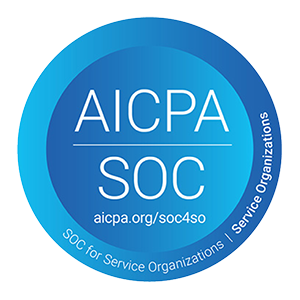Quality Payment Program – A MIPS Overview
Welcome back to Qvera’s series on MACRA. If you missed the first installment and need a little background on MACRA, the legislation that established the Quality Payment Program (QPP), you can read it here.
Reporting Under MIPS
Today we are going to take a closer look at the components of CMS’s new Quality Payment Program. There are two tracks for participation – Merit-Based Incentive Payment System (MIPS) or participation in an Advanced Payment Model (APM), which is only available to qualified providers. Both tracks place high value on quality measures, and the expansion of the Quality Payment Program is moving towards APMs. For the transition year 2017, most healthcare providers will participate through MIPS, which utilizes a composite performance score from four categories:
- Quality
- Resource Use (Cost)
- Clinical Practice Improvement
- Advancing Care Information
Quality
The Quality component of MIPS replaces the PQRS program and is primarily aimed at evaluating the quality of care delivered, with a focus on outcome-based health care delivery. For full participation providers report on 6 measures, including one outcome measure for a 90-day period. The Quality component contributes 60% to the MIPS Composite Performance Score.
Resource Use (Cost)
The Resource Use category replaces the Value-Based Modifier and evaluates the relative cost for health care services based on claims data. This component will not be evaluated until 2018.
Clinical Practice Improvement Activities (CPIA)
This category is new but is generally based on the Medical Home model so it will be familiar to many. In fact, qualification as a Medical Home through federal, state or other accreditation results in full credit. For those not participating in a Medical Home, attesting to participation in 4 improvement activities for a 90-day period is required for full credit. The CPIA component contributes 15% to the MIPS Composite Performance Score.
Advancing Care Information (ACI)
The Advancing Care Information (ACI) category replaces the EHR Incentive (aka Meaningful Use) program. There are 5 required measures and 10 optional measures for a total of 15 measures in this category. Full participation requires fulfilling the 5 required measures, but participants may submit up to 9 total measures for additional credit. Bonus credit can be earned for public health and clinical data registry reporting. The ACI component contributes 25% to the MIPS Composite Performance Score.
For a more detailed overview of MIPS and APMs visit the HIMSS learning center and watch their webinars. Stay tuned for our next article where we will take a closer look at how the ACI requirements are shaping health data exchange.




